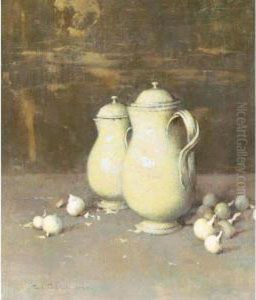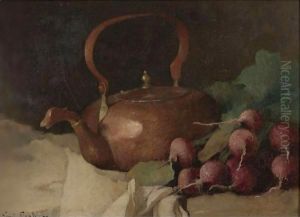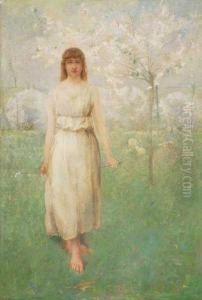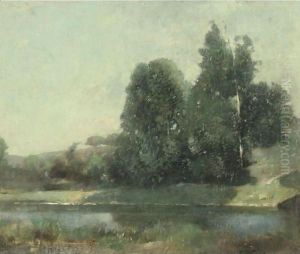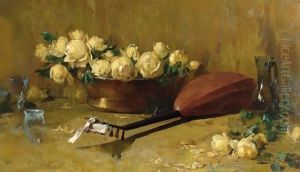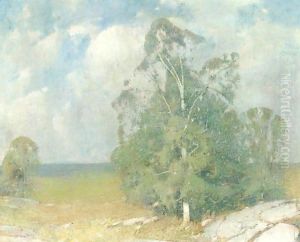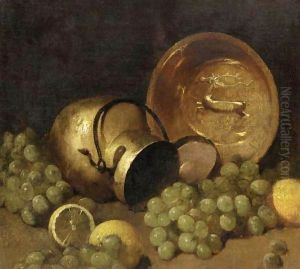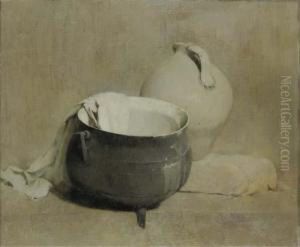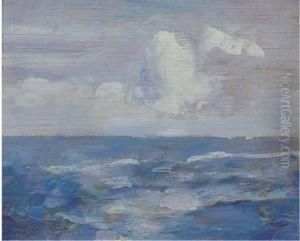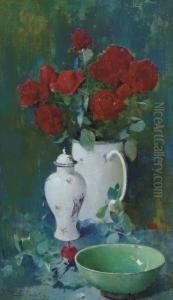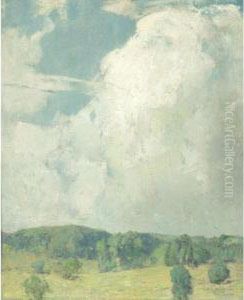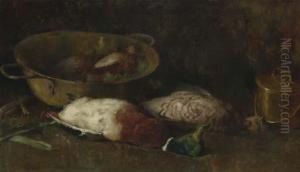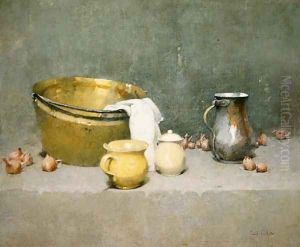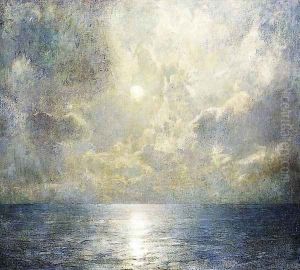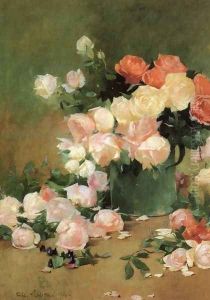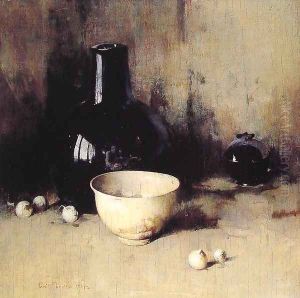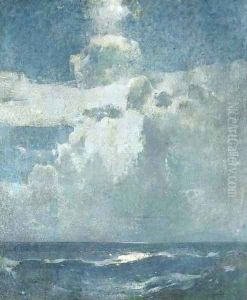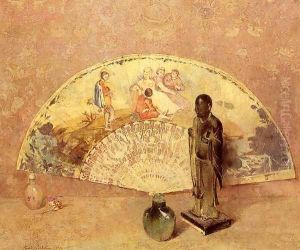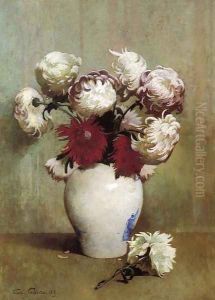Emil Carlsen Paintings
Emil Carlsen was born Soren Emil Carlsen in Copenhagen, Denmark, on October 19, 1853. Initially trained as an architect in Denmark, Carlsen emigrated to the United States in 1872, settling first in Chicago and later moving to Boston. His early career was marked by a struggle to find artistic direction and financial stability. Carlsen's initial work focused on architectural drawings and advertisements, but he gradually shifted towards painting, influenced by the still life and landscape traditions.
Carlsen's approach to art significantly evolved after he moved to New York in 1884. There, he became exposed to the works of old masters such as Chardin, whose style would greatly influence his own. Carlsen is best known for his serene and meticulously crafted still lifes that often feature kitchen items, pottery, and oriental rugs. These paintings are noted for their refined simplicity and masterful handling of light and texture, attributes that earned him a reputation as one of America's foremost still life painters.
Throughout his career, Carlsen also painted landscapes and seascapes, which were characterized by a subtle palette and an atmospheric quality reminiscent of the Barbizon school. Despite his talent, widespread recognition eluded him until the later years of his life. Carlsen also took on teaching roles, influencing a generation of artists through positions at various institutions including the National Academy of Design and the Pennsylvania Academy of the Fine Arts.
Carlsen's work received increasing acclaim towards the end of his life, culminating in numerous awards and exhibitions. He continued to paint until his death in New York City on January 2, 1932. His legacy is maintained through his contribution to American art, particularly in the realm of still life painting, which continues to be celebrated for its elegance and craftsmanship.

